Zinc Deficiency In Cannabis Plants
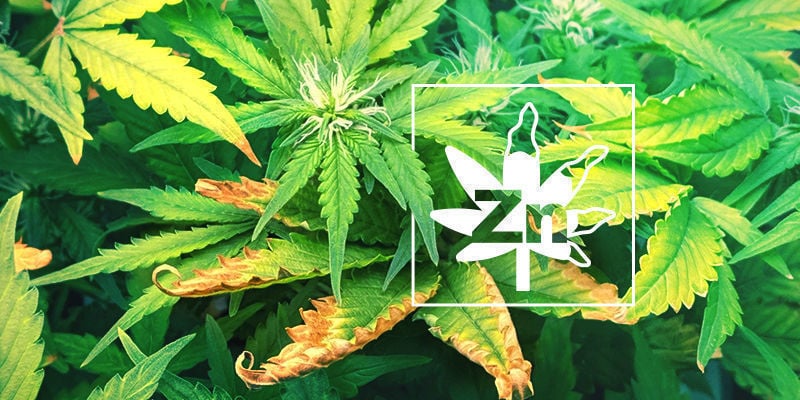
Cannabis plants require zinc, alongside other nutrients, to carry out important processes. Therefore, a deficiency in the nutrient should be taken seriously. Luckily, if caught early, it needn’t be cause for alarm. Find out everything you need to know about zinc deficiencies here!
Zinc is one of the most important micronutrients required by cannabis. Alongside manganese and magnesium, zinc promotes enzyme function, and, working with other compounds, it’s crucial to both the initial production and maintenance of chlorophyll in cannabis plants. As chlorophyll is necessary for plants to photosynthesise—and thus survive—it’s easy to see why a zinc deficiency can be bad news.
Moreover, a zinc deficiency is perhaps the most common micronutrient deficiency in cannabis, so it’s well worth knowing how to diagnose and treat the issue.
Here we look into how to identify, prevent, and treat zinc deficiency in cannabis plants.
What causes zinc deficiency?
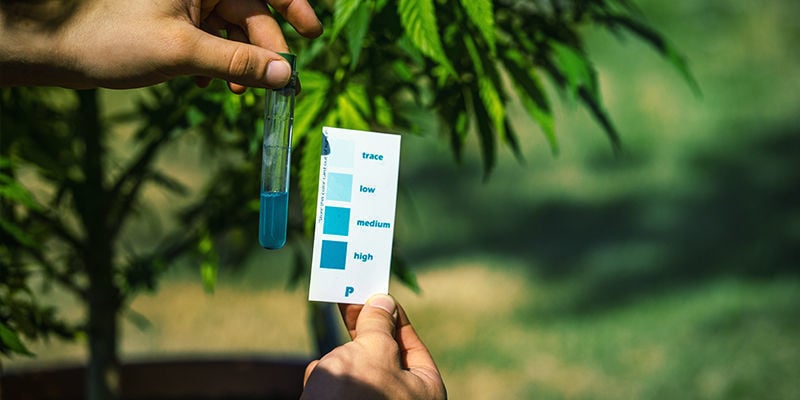
At first glance, it may appear that a zinc deficiency would imply a lack of zinc in the fertiliser, soil, or growing medium. However, in most cases, a zinc deficiency is unlikely to be caused by too little zinc being available to the plant, but rather the plant being unable to use the zinc available to it.
This is important, as, in most cases, giving your cannabis plants more zinc won’t do anything to solve the problem.
Perhaps the most common cause of zinc deficiency is an overly alkaline substrate (above 7.0 pH), which inhibits the plant’s ability to properly uptake nutrients.
Another cause could be that there is too much feed in the soil, which causes nutrient lockout. This is why it’s always best to err on the side of caution and underfeed rather than overfeed. It may be tempting to give your plants buckets of fertiliser and hope for the best, but this will do more harm than good. Be sparing when it comes to feeding, and you’ll likely get better results.
How to recognise zinc deficiency
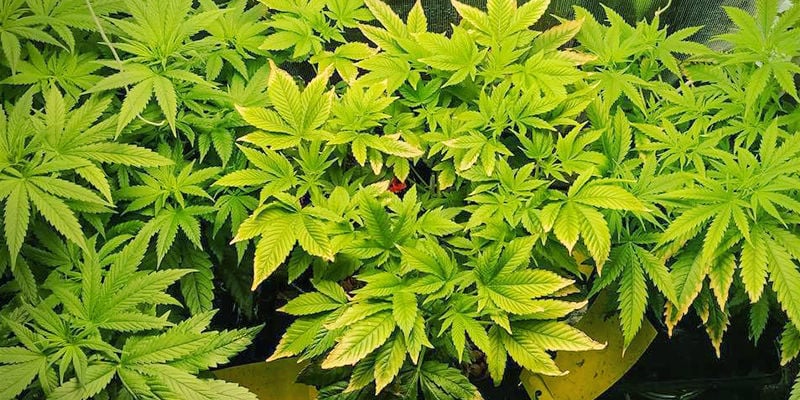
There are three main stages to a zinc deficiency, at least in terms of identification.
-
A slight yellowing on the edges of newer leaves—or interveinal chlorosis.
-
Tips of the leaves will begin to curl and brown, looking burnt. Yellowing will move inward.
-
The burning appearance will cover more of the leaves, and the rest will show advanced signs of chlorosis. New growth will have entirely stopped.
How to prevent zinc deficiency
Preventing a zinc deficiency is all about taking general good care of your plants. Not only will this help with issues related to zinc, but all manner of other deficiencies and problems as well, so it’s well worth doing.
Ultimately, you want to keep the roots of your plants happy and healthy. Perhaps the main action you can take is to maintain a pH of between 6.0 and 7.0 if growing in soil, and 5.5 and 6.5 if growing in hydro or coco. Likewise, adequate but restrained feeding will go a long way to keep the overall nutrient content of your plants optimal.
Apart from the above, keeping your specimens free from stress will help too. This means don’t overwater or underwater, maintain the right temperature and humidity range (to the best of your ability), and generally treat your plants with care. Stress in plants, much like in humans, can manifest in many different ways.
Progress of zinc deficiency
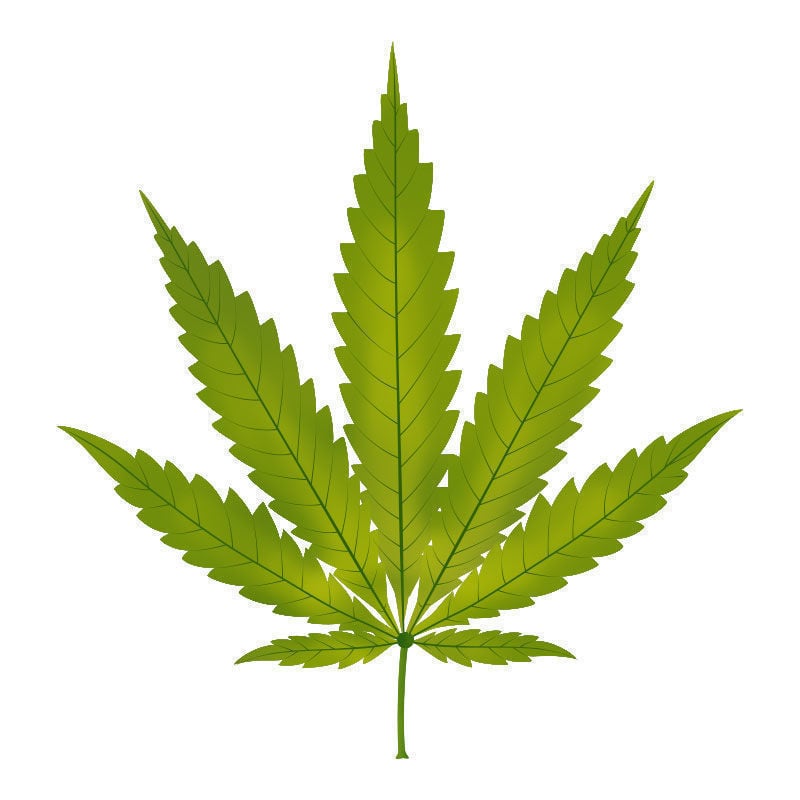
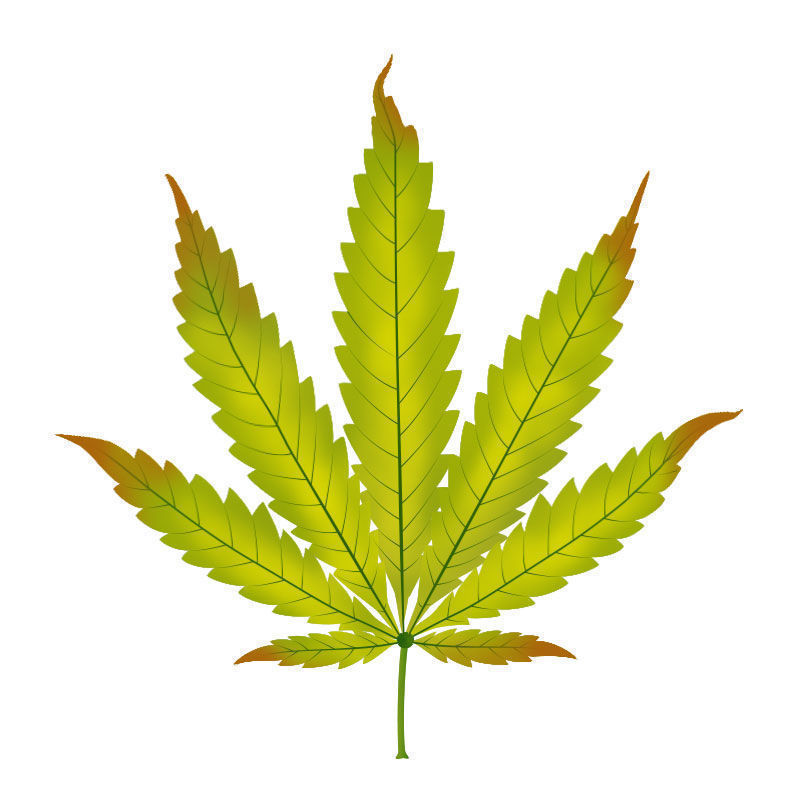
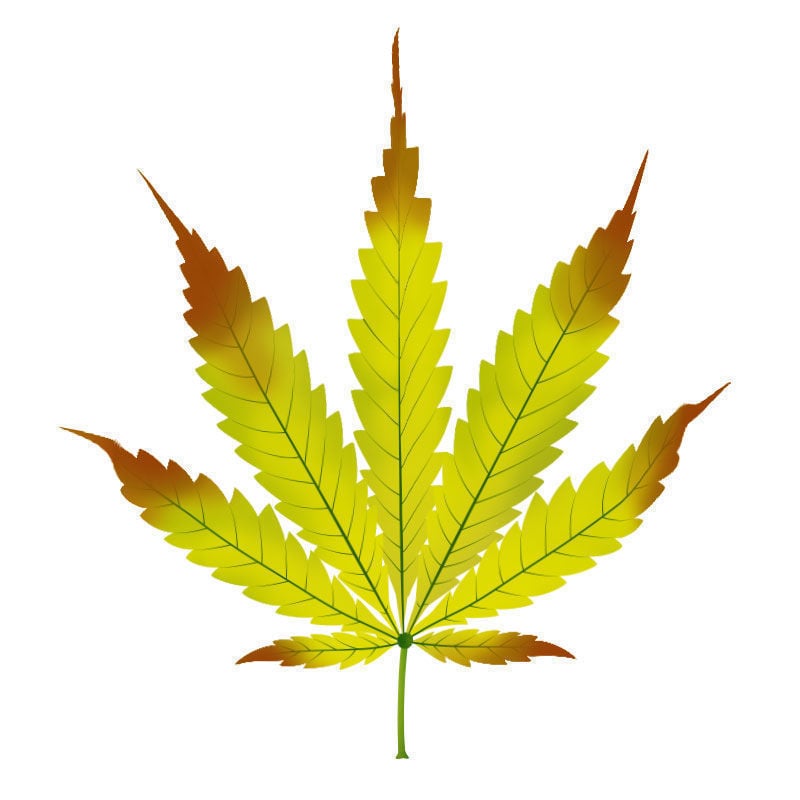
As zinc is an immobile nutrient, symptoms are likely to manifest in new growth first.
Early stage zinc deficiency
At this point you will see the first stages of interveinal chlorosis, indicated by a slight yellowing of the interstices. If you catch and solve a deficiency at this point, all should be well.
Progression of a zinc deficiency
If the deficiency is allowed to progress, the tips of the leaves will begin to burn and curl, while chlorosis spreads inward. Though not catastrophic, the zinc deficiency is more severe at this stage.
Late stage zinc deficiency
At this point, the whole leaf succumbs to chlorosis, with the burning becoming much more widespread. The plant will be suffering at this stage.
What zinc deficiency looks like in cannabis plants
Below are photographs detailing a real zinc deficiency in a cannabis plant.
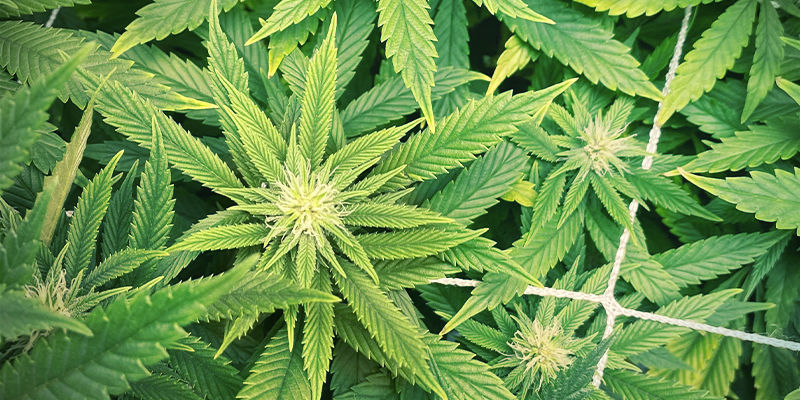
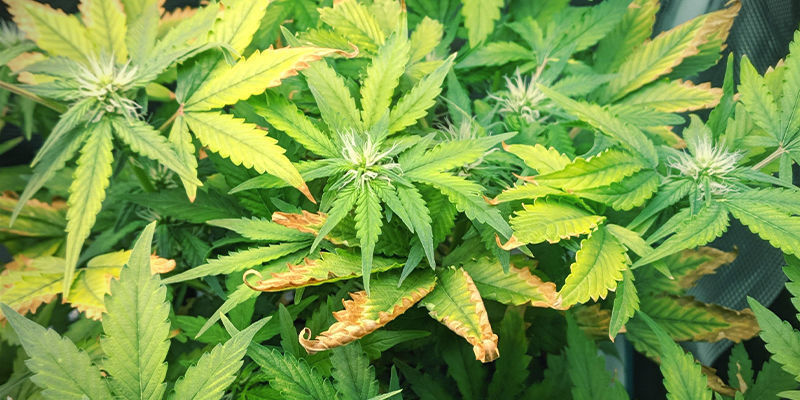
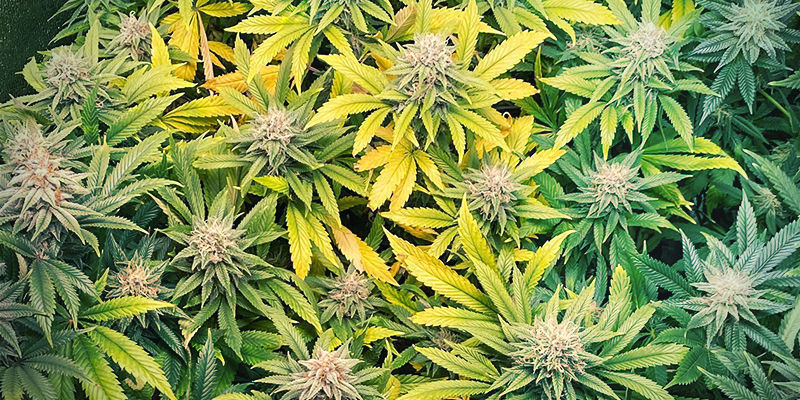
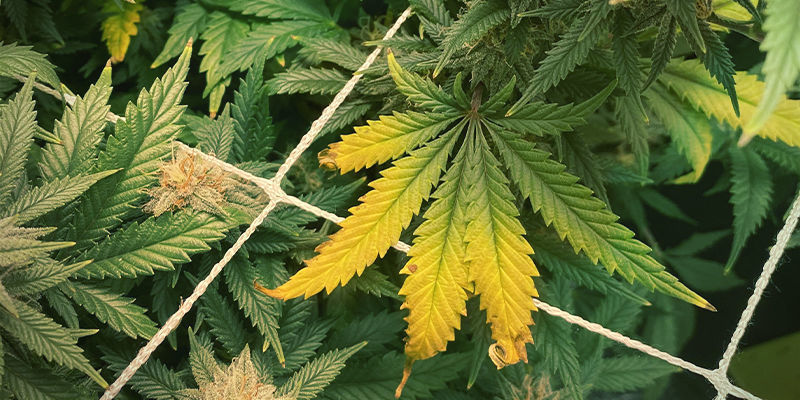
How to treat zinc deficiency
Treating a zinc deficiency is pretty straightforward, so long as you can identify the cause. Below are a few different ways to rectify a zinc deficiency in cannabis.
✅ Adjust pH
The most likely cause, as stated, is an incorrect pH level (above 7.0). In most cases, adjusting the pH to an appropriate level shouldn’t be too difficult, and will solve the problem.
To bring the pH of your soil down, you can add aluminium sulphate, which should reduce levels almost immediately. Make sure to use a pH meter to measure the levels of your soil both before and after adding any amendments.
Alternatively, you can use a pH down solution, which you can add to water and use to drench the soil. Here too, measure the pH of the substrate before and after to ensure you're actually fixing the issue.
✅ Flush soil
In case of overfeeding and nutrient lockout, you need to flush the soil. This involves running litres and litres of fresh water through it, until all of the nutrients have been washed—or flushed—out. This allows for a reset.
After doing this, it’s important to begin adding new food gradually and ensure that the pH remains at a suitable level. Flushing is likely to cause pH imbalances.
✅ Add zinc
Though it’s not the most likely cause, it may be that your growing medium lacks enough zinc. Check the details of your fertiliser to see what it contains. If it’s a cannabis-specific product, it certainly should feature adequate zinc. In fact, most plants need zinc, so any good fertiliser is likely to have it.
If, however, you discover you haven’t been feeding your plant zinc, don’t give it too much—it won’t thank you! Begin adding it immediately, but only as instructed. Don’t overcompensate.
Zinc deficiency in cannabis: easy to solve
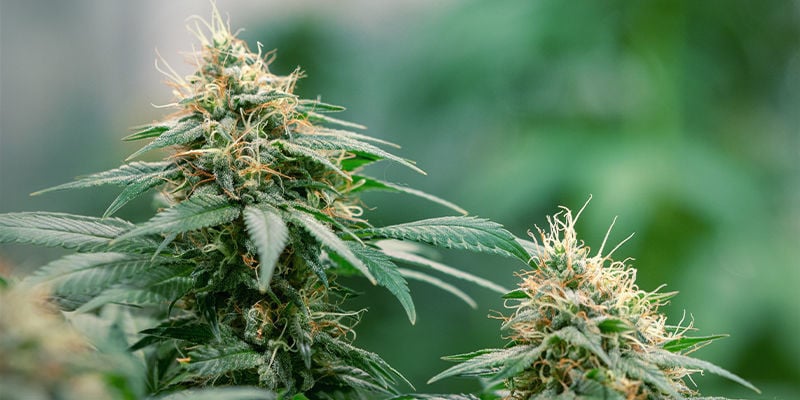
As you can see, while a zinc deficiency is not good news, it needn’t be a calamity. Catch it early and identify the cause, and you should have no problem getting your plant back to health. Speed is key here, as a long-term deficiency is likely to affect the final yield, even if you manage to treat it.
With zinc, and all other nutrients, maintaining optimal conditions (especially pH) and not being overzealous with watering or feeding will go a long way to prevent deficiencies. Good luck!













 United States
United States










